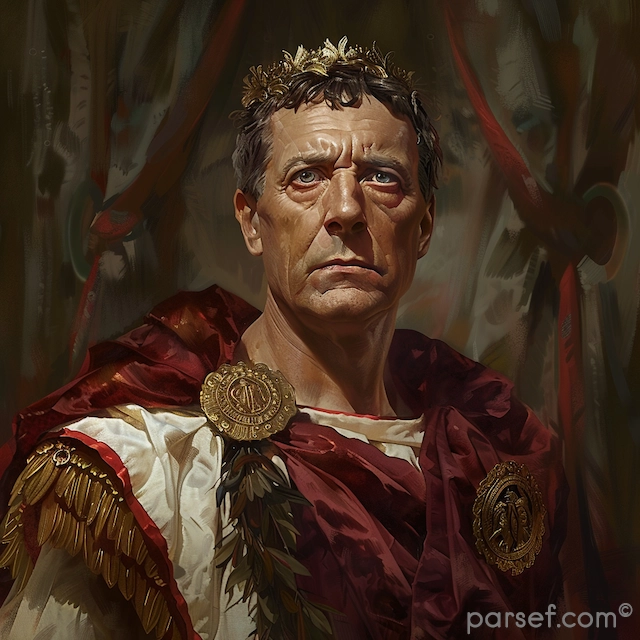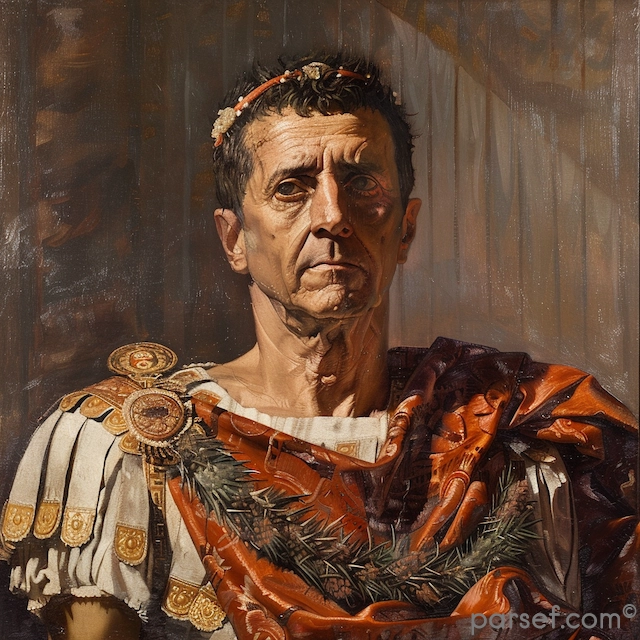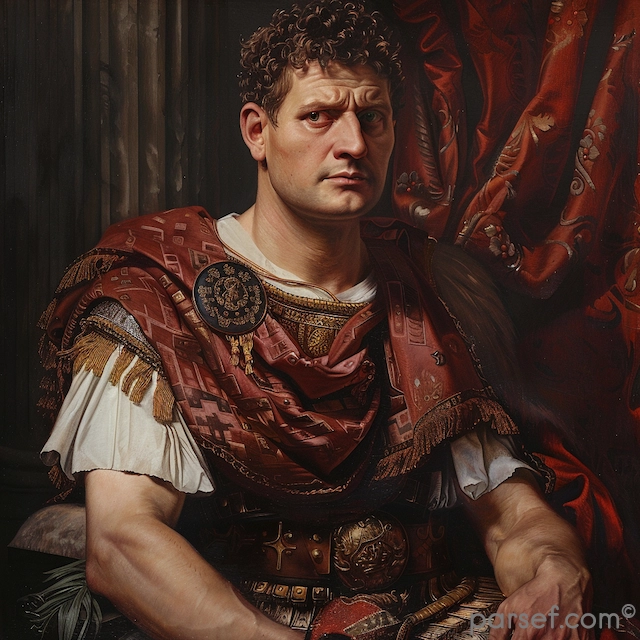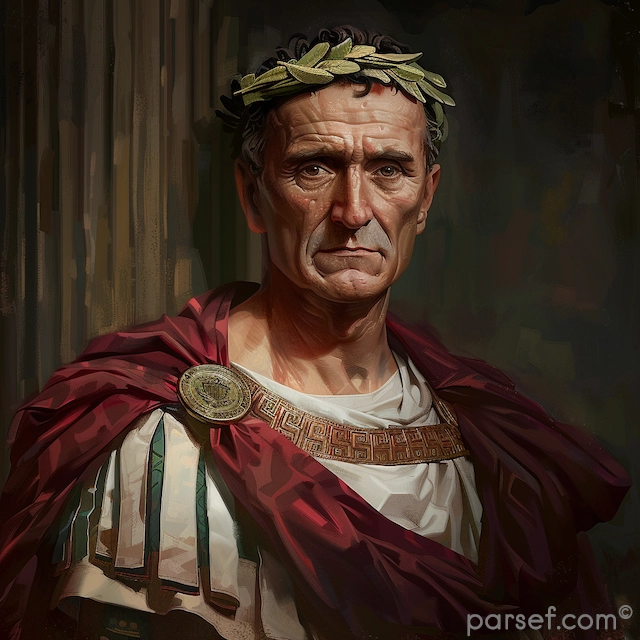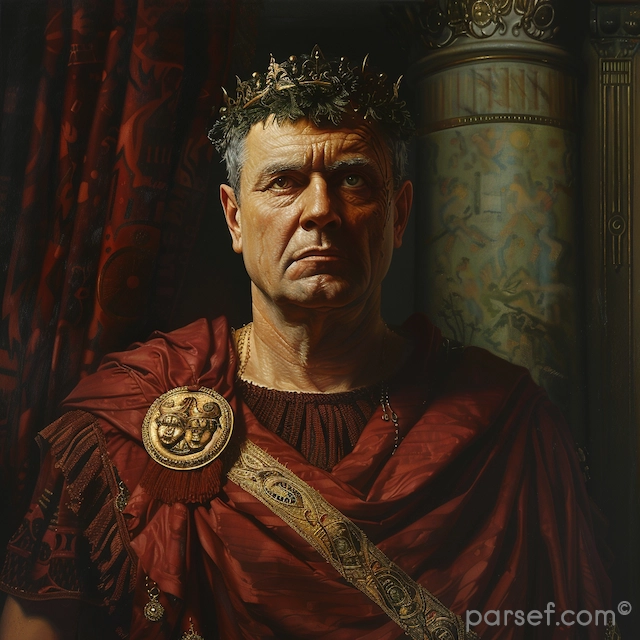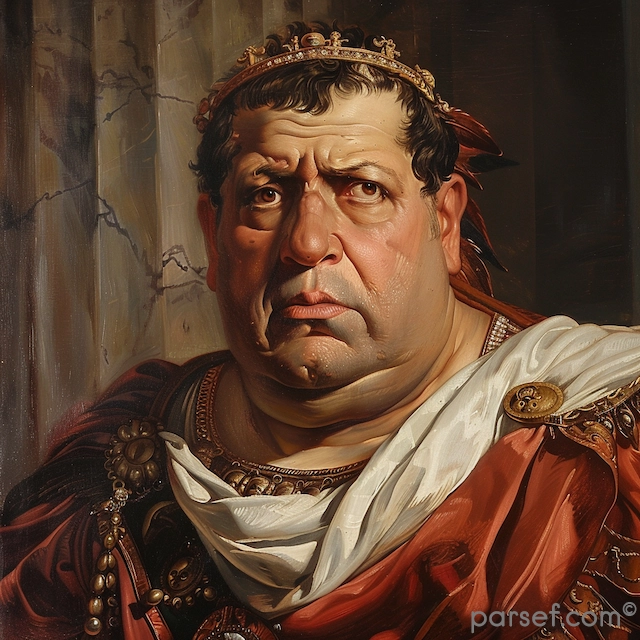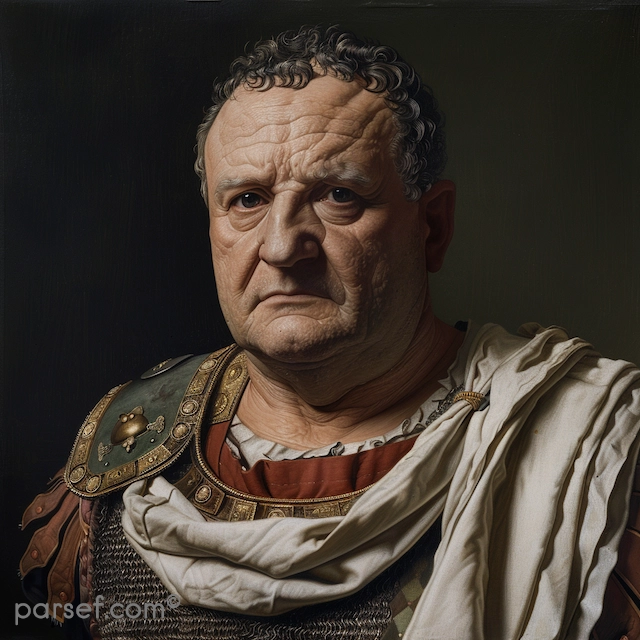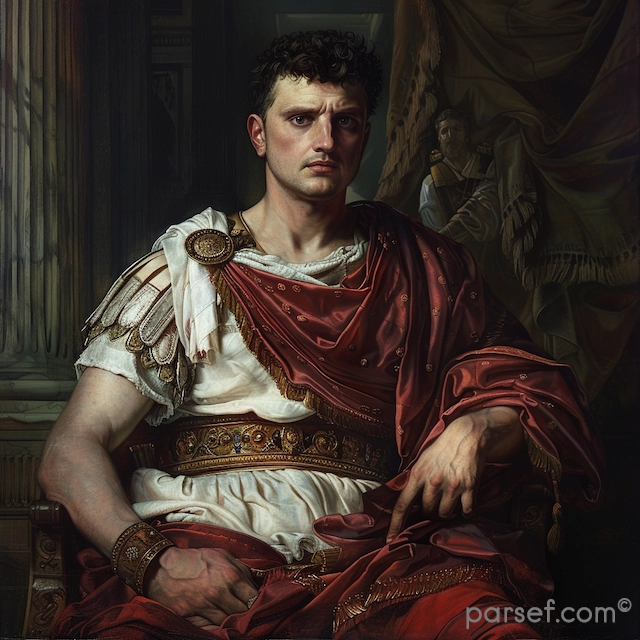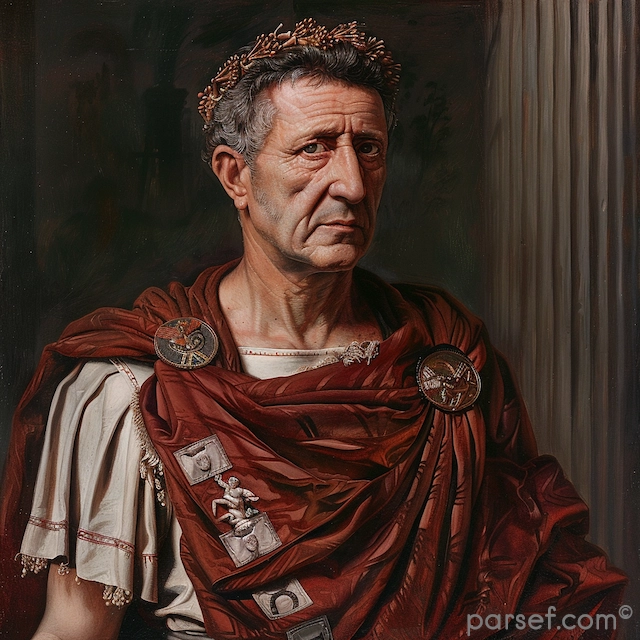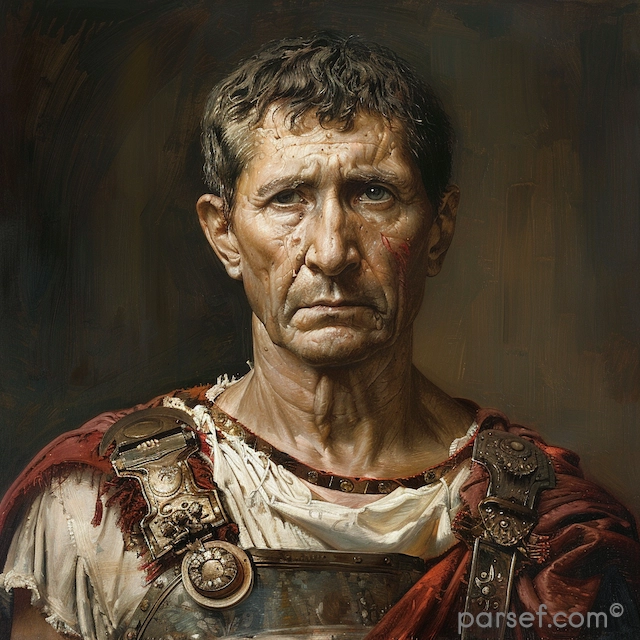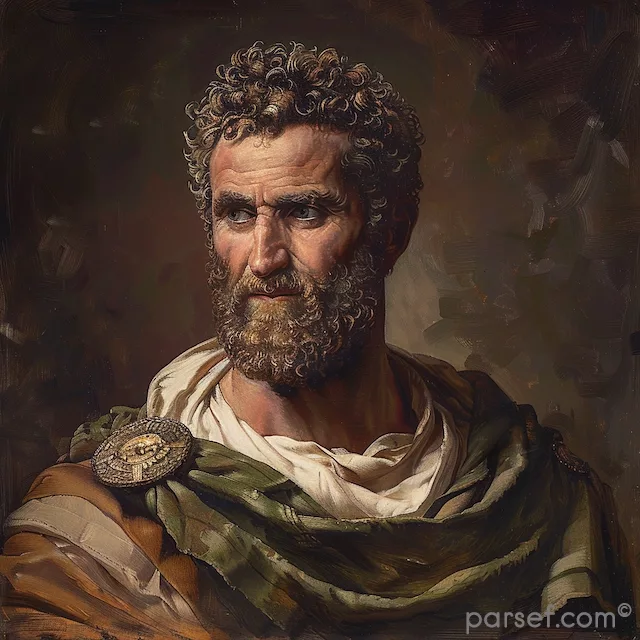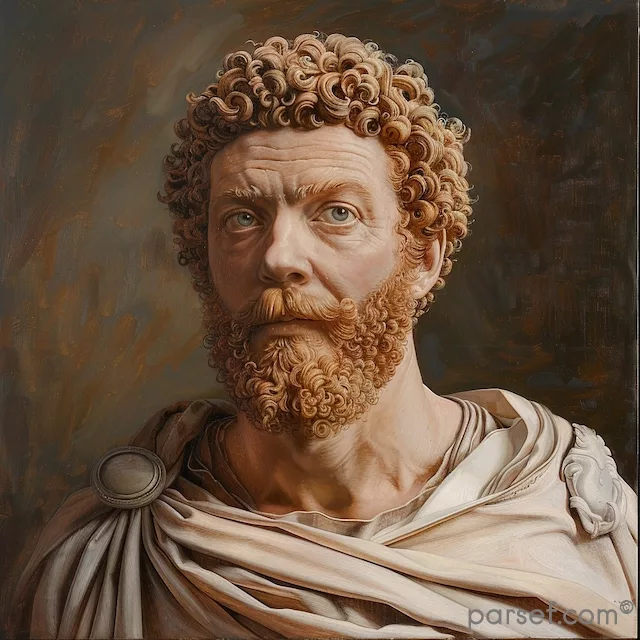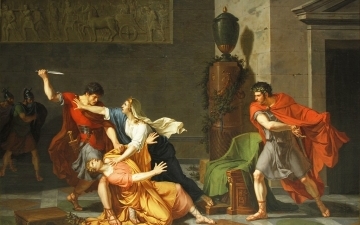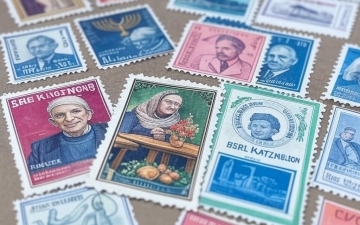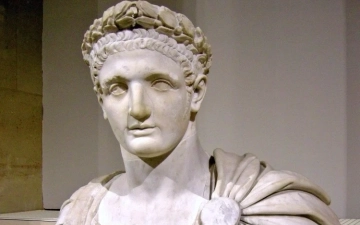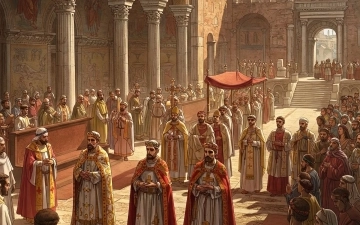The Role of Horses in the Roman Empire: From War to Sport
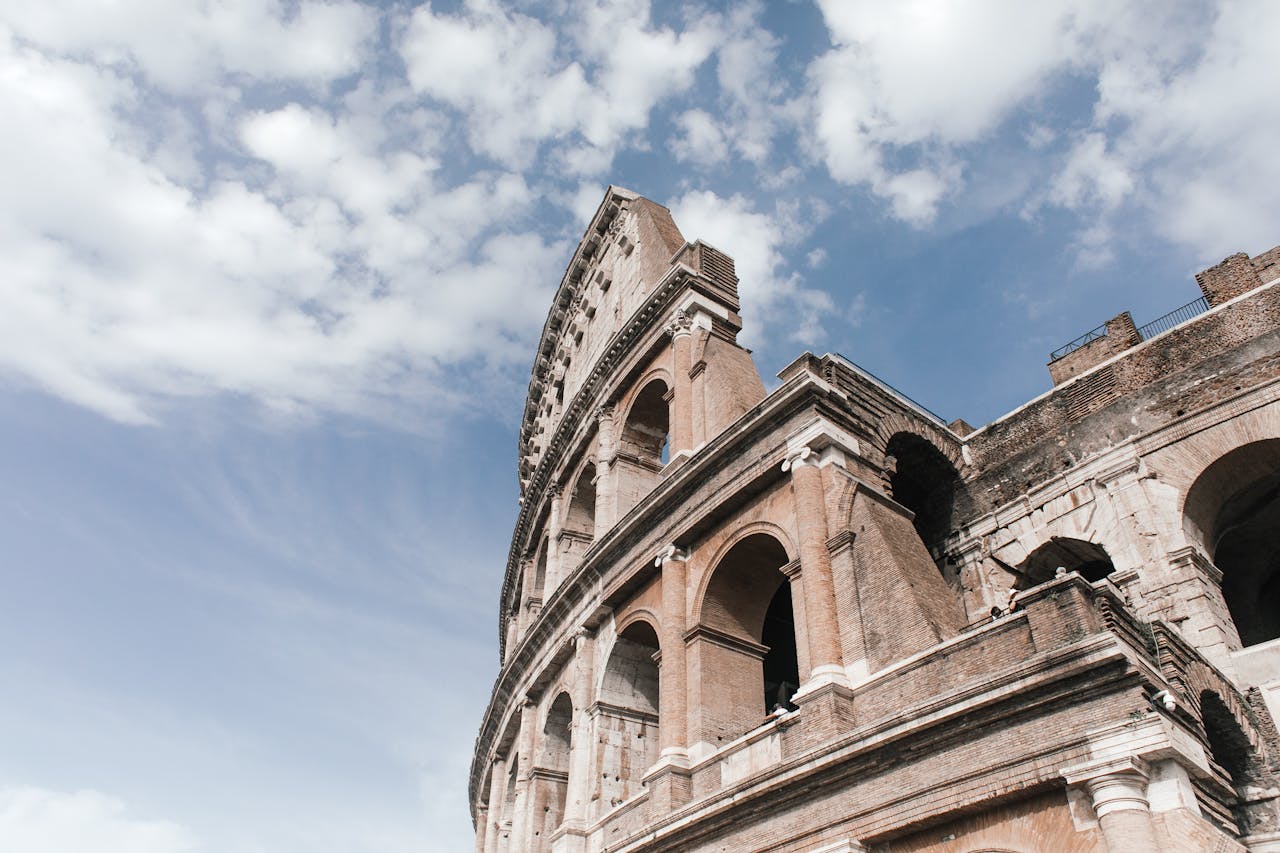
If we look back on the Roman Empire, we can see that horses played an important role. They were engines of power and symbols of prestige, and they were used for agriculture, traveling, warfare, and yes, entertainment like chariot races.
Spanning centuries of conquest and culture, horses have always been closely associated with the Roman Empire. We are talking about an Empire that stretched from Britain to Egypt, and although horses were born as war machines, they later found a different place in society - racing and entertainment.
Clearly, horses played a significant role in the Roman Empire, and we can see that through art, sculptures, and history books.
But let’s dig a bit closely and try to find the real role of horses in the Roman Empire. We know that they’ve been used for many different things, but how did everything play out?
The Birth of the Horse War Machine
In order to conquer as much land as the Romans, you need a tough army, right? Well, what was the secret behind the Roman army? Well, they’ve used horses. The first traces of horses as war machines in Rome were around 500 BCE when the empire leaned on cavalry to conquer regions.
Before that, horses were mainly used for agriculture and short traveling distances. The Italian stock included short, sturdy ponies, but by 200 BCE Rome was home to all kinds of different breeds some designed for speed, while others for endurance, which eventually helped them conquer lands like Gaul and Numidia.
Even Julius Caesar’s campaigns leaned on these light, and agile mounts, and there is a lot of evidence showing that his Gallic Wars saw cavalry scattered enemies, like Bibracte in 58 BCE, where 4,000 horsemen turned the tide.
They saw that horses were quite powerful war machines, which is why by 27 BCE, the empire had a 300,000-string army and 30,000 cavalries.
Obviously, horses played an important role in the Roman empire, mainly for their power, speed, and war advantage. But since the Roman empire was focused on breeding horses, it is obvious that we will see traces not just in the military, but also in different areas.
Logistics and Power (Carrying Things Around)
The Roman Empire was very big, and handling all that land can be very difficult, especially on foot. This is where horses were introduced as logistic key pieces, where they pulled supply carts -grain, weapons, and wine, along the empire’s 250,000 miles of roads.
Mules often took the grunt work, but horses sped up the cursus publicus, Rome’s postal relay, galloping messages 50-100 miles daily with fresh mounts at roadside stations.
Back then, horses were also used by Emperors to show their power and status. Since horses were used in many different things, they became quite valuable in the Roman Empire, which is why a well-bred horse signified a higher status symbol.
Chariot Racing
Now the fun part comes - horse racing. Since we are talking about an Empire that has thousands of horses used for logistics and warfare, it is obvious that some will end up as a source of entertainment.
So, when were horses first used for racing? Well, it all happened around 600 BCE, when horses hit the big stage - Circus Maximus. This was a 2,000-foot-long racetrack, revamped by Julius Caesar and peaking under Trajan, packed with 250,000 fans for chariot races. It was pure CHAOS!
But how were these races organized?
Well, they were split into four factions—Reds, Whites, Blues, Greens—ran teams of two (biga) or four (quadriga) horses, bred from speedy North African and Spanish stock, tearing through seven laps.
A race like the Ludi Romani saw 24 heats daily, with winners snagging gold and fame—charioteer Gaius Appuleius Diocles banked 35 million sesterces, enough for an army, says his tombstone. It was war’s intensity flipped to sport, and Rome couldn’t get enough.
On top of that, gambling and betting were quite popular in Ancient Rome, which explains why these races were so popular. After all, everyone wanted to pick the winner of the race and get the big reward.
Back then, they wagered everything from gold to resources, and the deals were quite shady. Nowadays, things are simpler, you can head over to TwinSpires.com check out some of the best strategies, and place a bet with a few taps.
How Popular Was Horse Racing?
Racing wasn’t just fun—it was an obsession. Blues and Greens turned fans into mobs; riots like the 532 CE Nika revolt killed 30,000 over team loyalty gone wild.
Horses were the stars—Caligula famously pampered his steed Incitatus with a marble stall, while Nero rigged races to win as a driver. Crashes were brutal—tangled reins and flipped chariots left drivers “shipwrecked,” as poets put it—but victors got statues and songs. It was basically a chase to glory.
The Circus ran 100+ days yearly by the empire’s peak, dwarfing gladiator games in scale. It was sport as religion, with horses at the altar.
Work and Worship
Off the track, horses pulled plows on smaller farms—oxen ruled the big ones—and hauled carts in cities like Pompeii, where hoof-worn stones still mark streets.
They popped up in faith too; Epona, a Celtic horse goddess, got Roman altars from soldiers, while cavalry offered sacrifices before the battle. Wealthy kids rode ponies for fun, and elites raced them on private estates, a warmup for the Circus. Horses weren’t everywhere—mules outnumbered them—but they carried a mystique, tying grit to grandeur.
So, it is safe to say that if we had taken away horses, the Roman Empire wouldn’t have existed. Yes, they were very important in every aspect from warfare to agriculture and entertainment. We can see the magnitude of such events even today with some of the ancient sights that were discovered.
Related Posts
Leadership and Planning Skills That Help with Moving
Relocating to a new home or city can be one of life's most stressful events. It involves juggling logistics, coordinating multiple people, and making critical decisions, all while managing the emotional toll of change. But if you approach your move with strong leadership and effective planning skills, the process becomes...
Read MoreGeta: The Tragic Co-Emperor Whose Life Was Cut Short by Fraternal Rivalry
Geta, the younger son of Septimius Severus, is a figure largely overshadowed by his more domineering brother, Caracalla. Often relegated to the role of the quiet, less ambitious sibling, Geta’s life was tragically cut short by a family feud that shook the Roman Empire to its core. Unlike his brother, Geta...
Read MoreA Portrait of Berl Katznelson: The Role of Jewish Tradition in His Labor Zionist Thought
Berl Katznelson (1887–1944) was a towering figure in Labor Zionism, a movement that sought to combine socialist principles with the Zionist vision of a Jewish homeland in Palestine. Born in Bobruisk, Belarus, to a family steeped in Jewish tradition and Zionist ideals, Katznelson’s upbringing profoundly shaped his intellectual and ideological...
Read MoreThe Role of Horses in the Roman Empire: From War to Sport
If we look back on the Roman Empire, we can see that horses played an important role. They were engines of power and symbols of prestige, and they were used for agriculture, traveling, warfare, and yes, entertainment like chariot races. Spanning centuries of conquest and culture, horses have always been closely...
Read MoreDomitian: The Last of the Flavian Emperors and His Reign of Terror
In the annals of Roman history, the reign of Domitian, the youngest son of Vespasian and the last of the Flavian emperors, is often remembered as a time of tyranny, repression, and political intrigue. Domitian's rule, which lasted from 81 to 96 CE, stands in stark contrast to the relative...
Read MoreRoman Emperors and the Importance of the Catholic Jubilee of 2025
Throughout history, Roman emperors have played a crucial role in shaping the world, particularly in their influence over politics, religion, and culture. Their legacy continues to resonate today, especially in the traditions of the Catholic Church. One such tradition is the Catholic Jubilee, a sacred year of forgiveness, renewal, and...
Read More